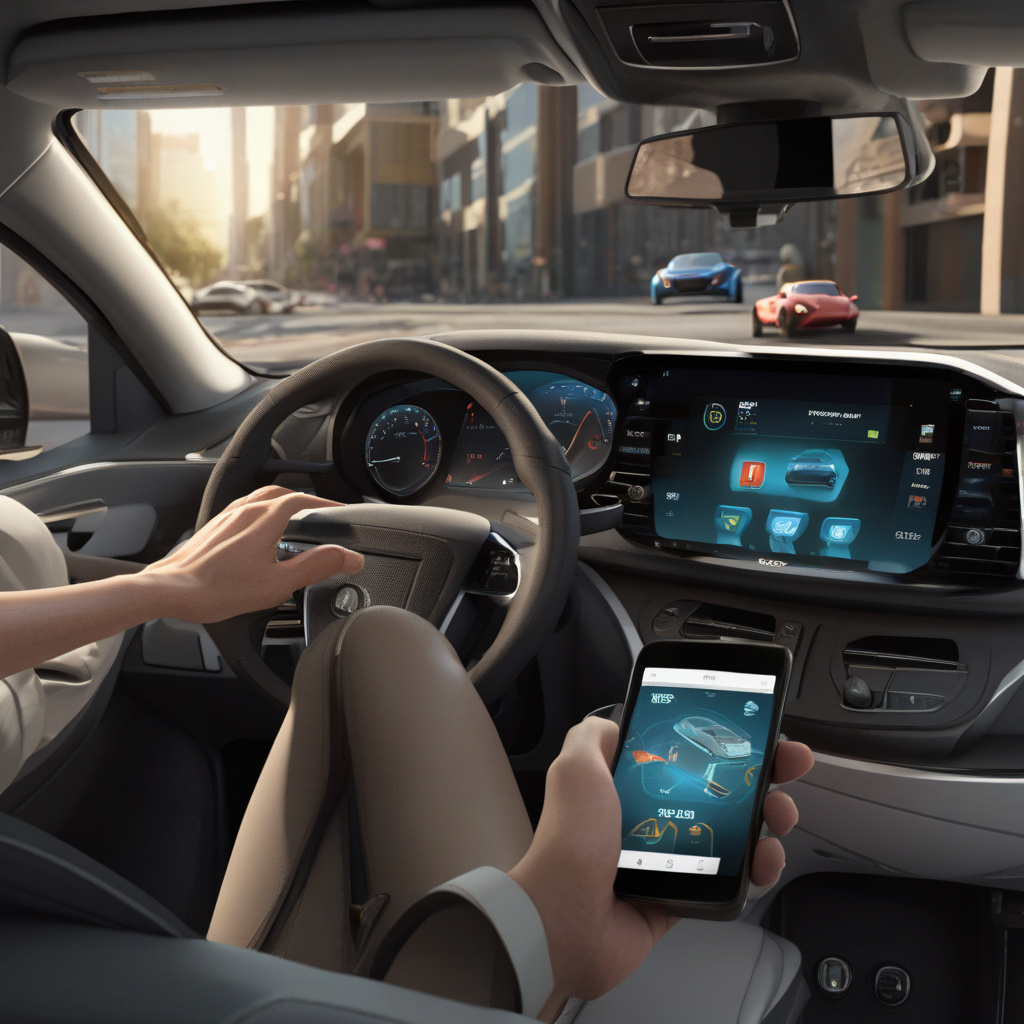In today’s interconnected world, the concept of Bring Your Own Device (BYOD) has become commonplace in many workplaces. Employees often use their personal devices to access company networks, blurring the lines between personal and professional use. While this practice offers flexibility and convenience, it also poses security risks that organizations must address.
One area that is often overlooked in BYOD security discussions is the connection between personal devices and other IoT (Internet of Things) devices, such as cars. As technology advances, more vehicles are equipped with internet connectivity and mobile apps that allow users to remotely unlock doors, start engines, or access navigation systems. This integration of smartphones with cars can create a potential security vulnerability that hackers can exploit.
Researchers have demonstrated how an attack on a connected car can serve as a gateway to infiltrate an employee’s phone and, subsequently, the corporate network. If a malicious actor gains access to the car’s systems, they could potentially use that foothold to launch further attacks on the employee’s device. Once the phone is compromised, the attacker may then pivot to the company’s network, putting sensitive data and systems at risk.
Imagine a scenario where an employee’s phone connects to their car via Bluetooth or a mobile app. If the car’s software is not adequately secured, it could serve as an entry point for cybercriminals to launch attacks. For example, a hacker could exploit vulnerabilities in the car’s systems to install malware that infects the employee’s device when they connect to the car. From there, the attacker could leverage this compromised device to infiltrate the corporate network.
This interconnectedness highlights the importance of considering all potential entry points and vulnerabilities in a BYOD environment. Organizations need to implement robust security measures to protect not only the devices that directly access their networks but also any other connected devices that could serve as a gateway for cyber threats. This includes conducting thorough risk assessments, implementing strong access controls, and ensuring that all devices meet security standards.
To mitigate the risk posed by connected cars in a BYOD scenario, organizations can take several proactive steps. Encouraging employees to keep their car’s software up to date, using secure Wi-Fi networks, and minimizing the amount of sensitive information stored in the vehicle can help reduce the likelihood of attacks. Additionally, implementing network segmentation and encryption protocols can help prevent unauthorized access between devices.
In conclusion, the integration of personal devices with connected cars introduces a new dimension of risk in BYOD environments. Organizations must be vigilant in addressing these potential vulnerabilities to safeguard their networks and data. By understanding the interconnected nature of devices and implementing comprehensive security measures, businesses can better protect themselves against evolving cyber threats. Remember, in today’s digital landscape, securing not just your devices, but all connected endpoints, is paramount to maintaining a strong cybersecurity posture.

